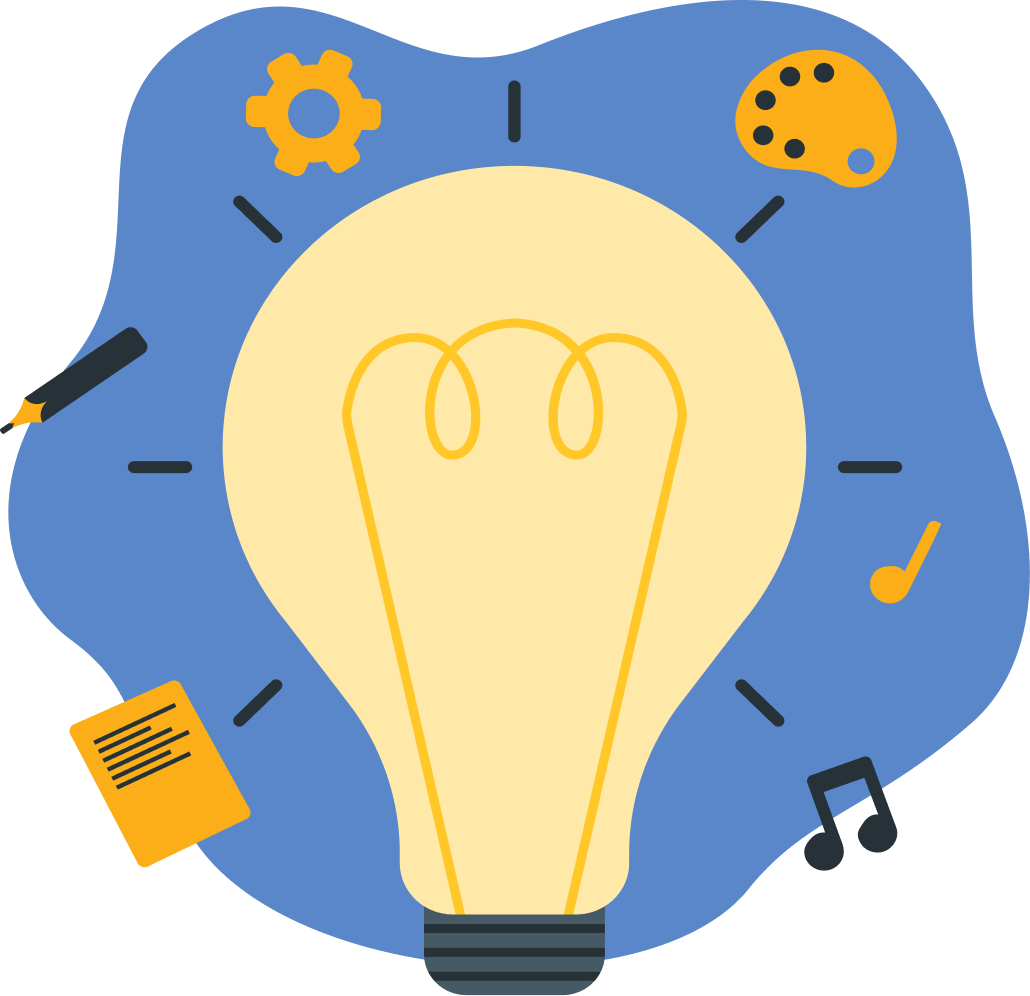Methods of Education
With the belief that "Every student is a leader," INschool confidently implements advanced teaching methods from around the world to maximize students' potential, always finding joy in learning, and fostering a lifelong passion for education. Specifically:
INschool adopts the Proactive Thinking learning method, which places students at the center and teachers as guides. This approach creates scenarios and poses problems for students to think, actively research, analyze, and innovate.


Proactive thinking method


The Proactive Thinking method at INschool is integrated with the STEAM program, equipping students with essential knowledge and skills in the fields of science, technology, engineering, arts, and mathematics. These skills and knowledge are interwoven and complementary, rather than being taught separately as in traditional education. This approach enables INschool students to not only understand principles but also practice and create products in everyday life, bridging the gap between academia and practice, and fostering citizens capable of working creatively.
The Bloom’s Taxonomy cognitive assessment scale is utilized by INschool teachers for lesson planning and assessing student capabilities in a new and comprehensive manner. Additionally, Bloom’s Taxonomy serves as a clear roadmap for teachers and students to track progress in capabilities and to plan effectively for subsequent developmental stages.

Eight 21st-century teaching methods
INschool employs a “Student-Centered” approach. At the Kindergarten level, children learn and experience through project-based learning using proactive thinking skills.
For Primary, Secondary, and High School levels, INschool students learn and experience through 21st-century teaching methods employing proactive thinking skills. INschool utilizes eight 21st-century teaching methods in its teaching and learning processes:


